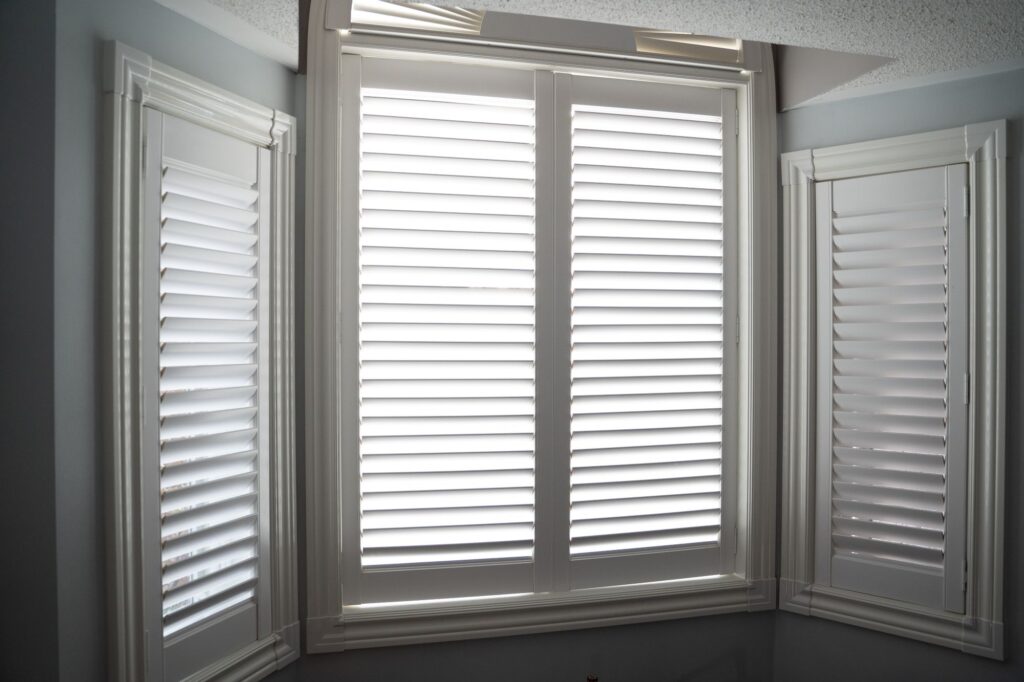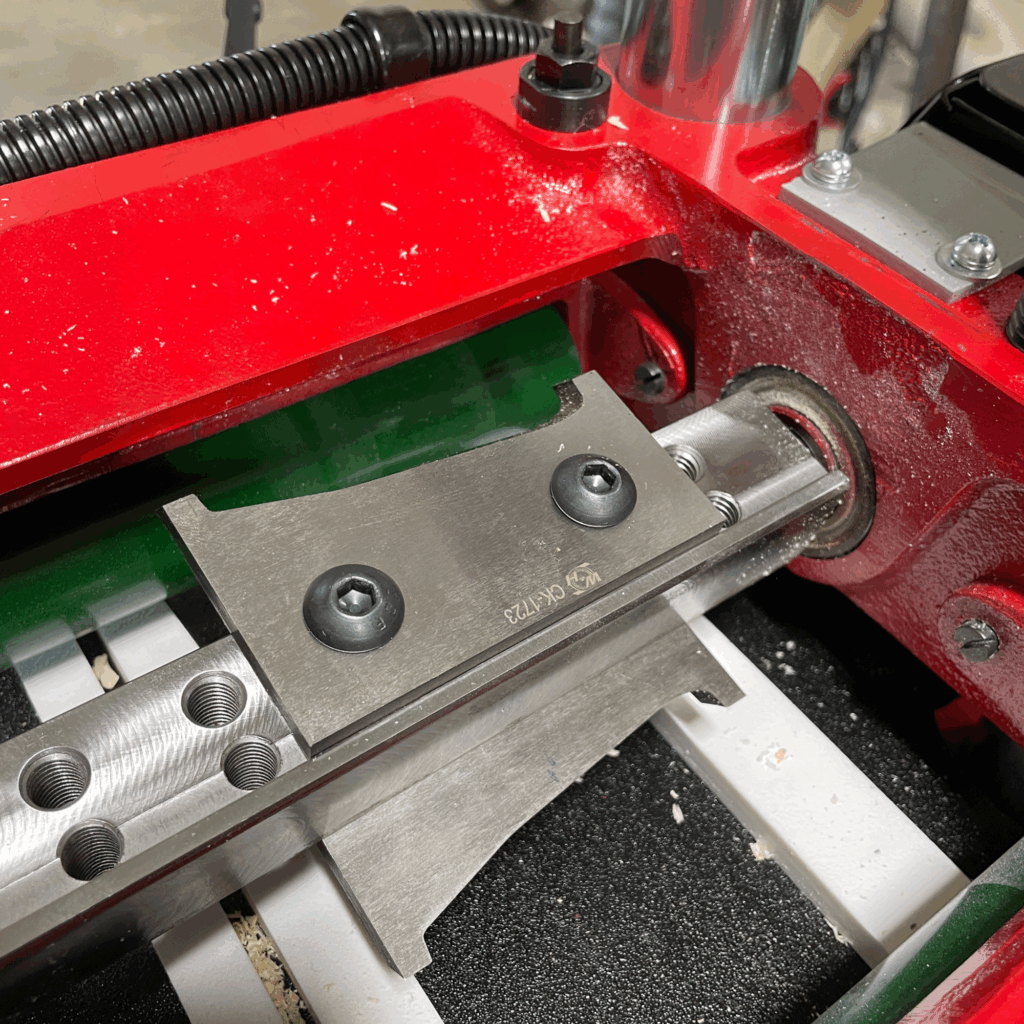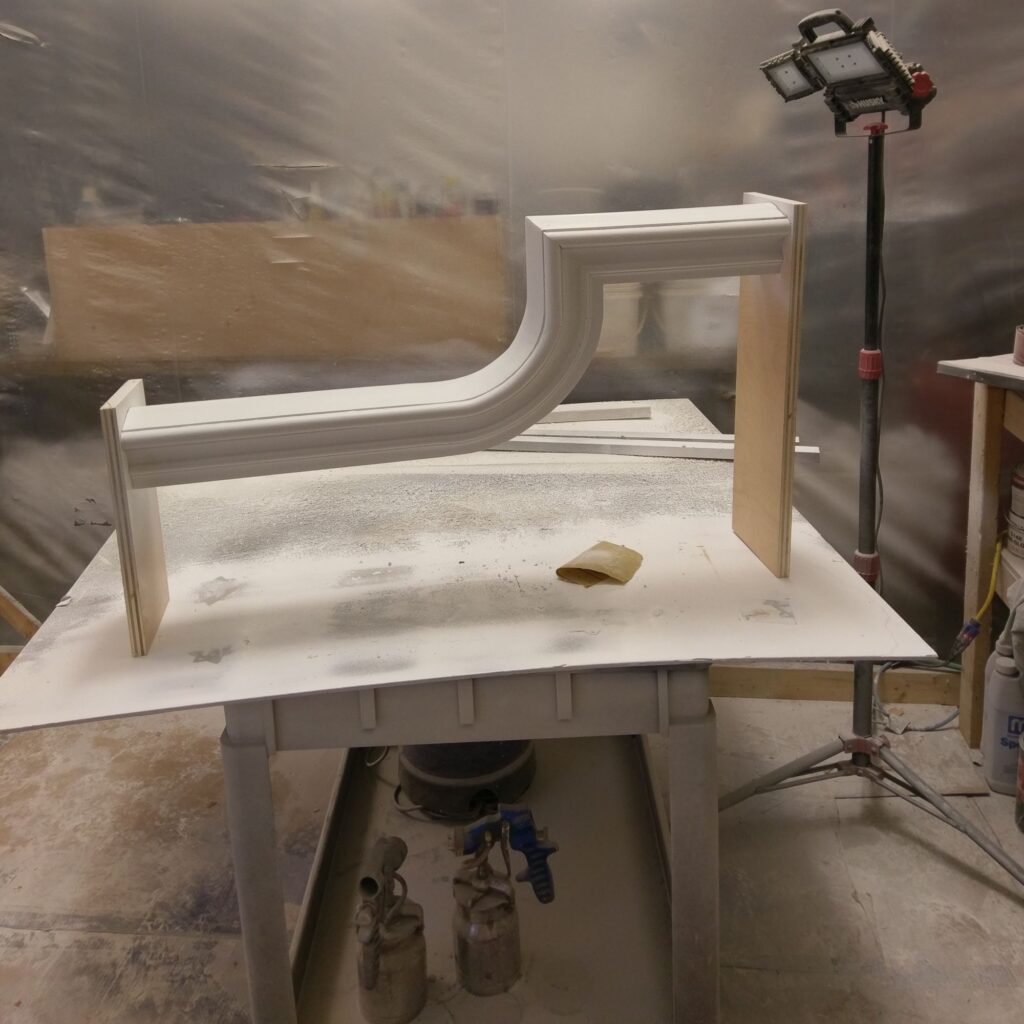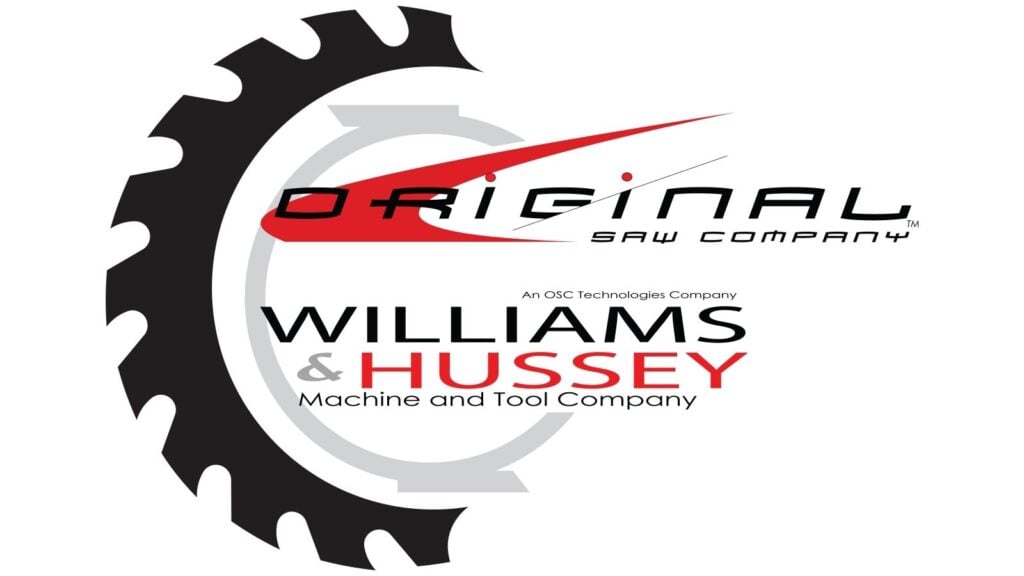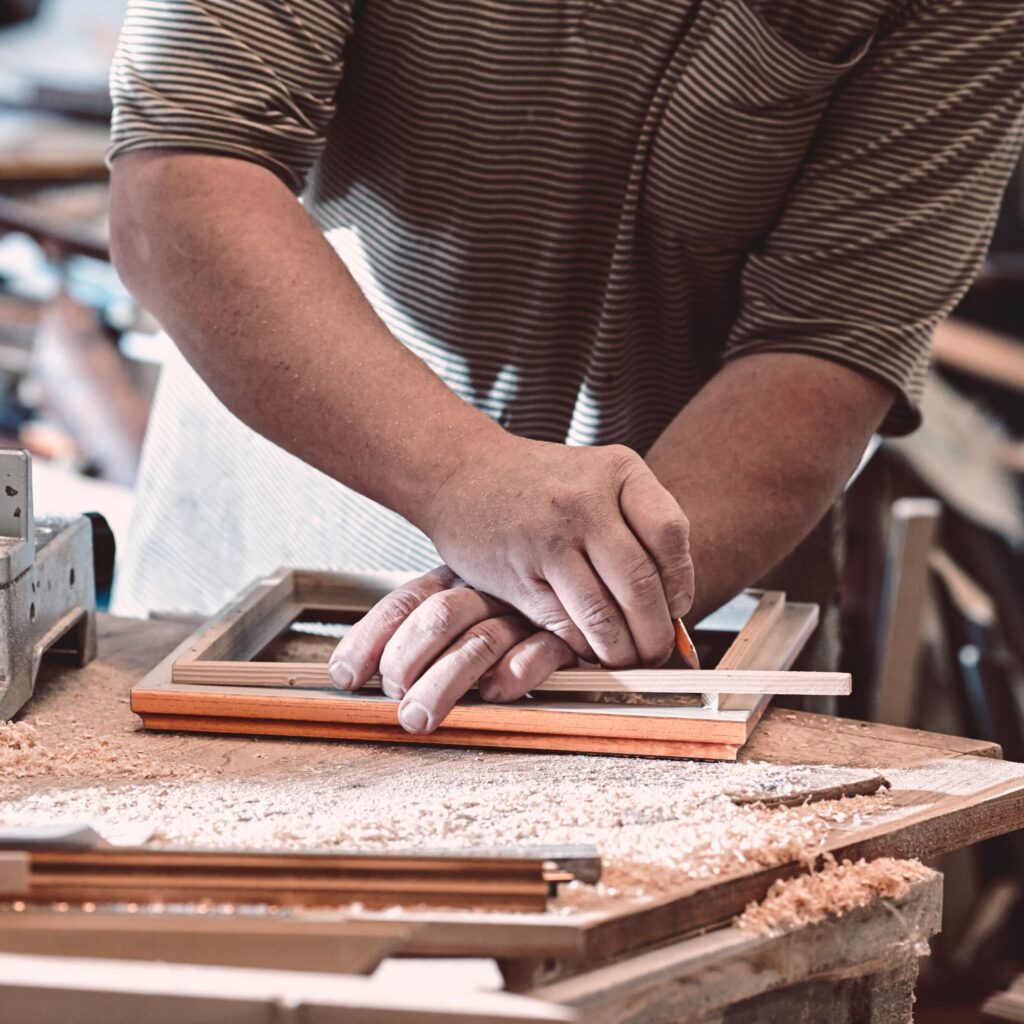Custom shutters add style, functionality, and value to homes, but achieving the precise, symmetrical cuts needed for professional-quality results can be challenging. Whether crafting plantation shutters, traditional louvers, or decorative window moldings, using a custom sled with a Williams & Hussey molder provides accuracy, efficiency, and a superior finish.
How Custom Sleds Improve Shutter and Molding Production
A custom sled is a supportive platform that holds the workpiece securely as it passes through the molder. This setup is handy for shutters and moldings requiring symmetrical cuts from top to bottom. By stabilizing the stock, a sled minimizes movement and vibration. It leads to cleaner cuts and reduces chatter marks.
For designs requiring precise mirroring on both sides, a sled allows consistent milling while keeping the stock balanced. This technique creates louvers, rails, and stiles to align perfectly. It simplifies assembly and improves the overall fit and finish.
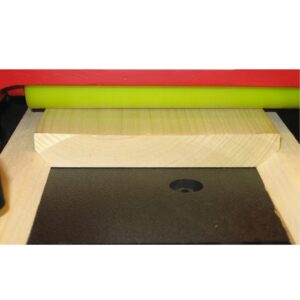
Creating a Custom Sled with a Negative Profile Knife
Woodworkers can use a negative profile knife to shape the sled for more precise results. This means designing a sled that mirrors the molding profile, allowing the stock to nest securely as it is milled.
Steps to Set Up a Sled for Shutters and Moldings:
- Design the Sled Base: Create a base that provides a secure foundation for the stock so it provides even support throughout the cut.
- Use a Negative Profile Knife: Cut a groove into the sled that mirrors the molding’s shape, allowing the workpiece to sit securely.
- Adjust for Thickness: Make sure the sled accommodates the full depth of the molding without interfering with the cutting process.
- Secure the Stock: Position the material properly within the sled to prevent shifting.
- Run the Workpiece Through the Molder: Feed the piece through steadily, maintaining alignment to achieve symmetrical cuts.
Applications in Shutter Production
Achieving uniform and precise louvers, stiles, and rails is critical for shutter production. A custom sled ensures all components are milled to the correct dimensions. It improves assembly and overall shutter performance. A sled also streamlines production to reduce the time spent on fine adjustments and rework.
Crafting Specialty Moldings with a Sled
A custom sled is also important for creating intricate moldings, such as those used in historical restorations or high-end custom projects. When working with large or uniquely shaped moldings, a sled provides additional stability, helping to maintain accuracy while reducing the risk of inconsistencies in the final product.
When to Use a Sled
Use a sled in the following situations:
- Milling long, thin stock that tends to flex or shift.
- Creating symmetrical moldings that must be identical on both sides.
- Cutting intricate decorative or historical profiles that need steady support.
- Shaping shutter louvers that require uniform sizing and clean edges.
Tips for Successful Molding with a Sled
- Use Sharp Knives: Dull knives increase chatter and require more sanding after milling.
- Test on Scrap Material: Always perform test cuts before running final stock to fine-tune settings.
- Keep the Feed Rate Consistent: Uneven feed speeds can cause imperfections and uneven cuts.
- Secure the Sled Firmly: Keep the sled stable throughout the milling process to maintain accuracy.
Conclusion
Incorporating a custom sled into your molding workflow improves the precision and efficiency of shutter and specialty molding production. Sled stabilize stock and make uniform cuts to create professional-quality components with ease. Whether crafting shutters for a home or reproducing historical moldings, using a Williams & Hussey molder with a well-designed sled can elevate the quality and craftsmanship of your work.
Explore our selection of molding knives and accessories to get started on your next shutter or molding project with Williams & Hussey!
